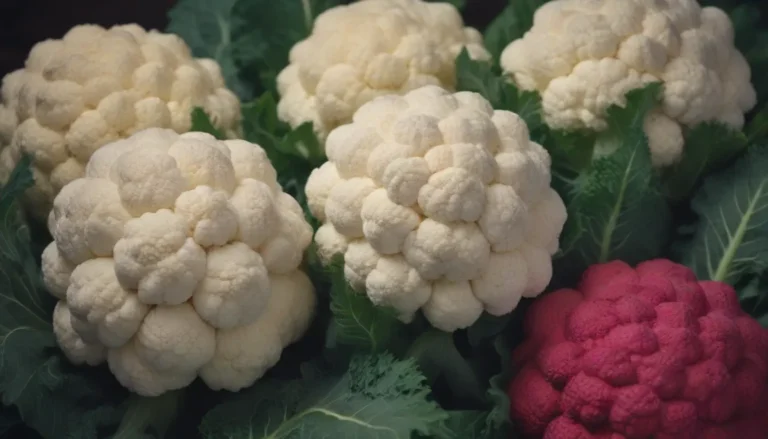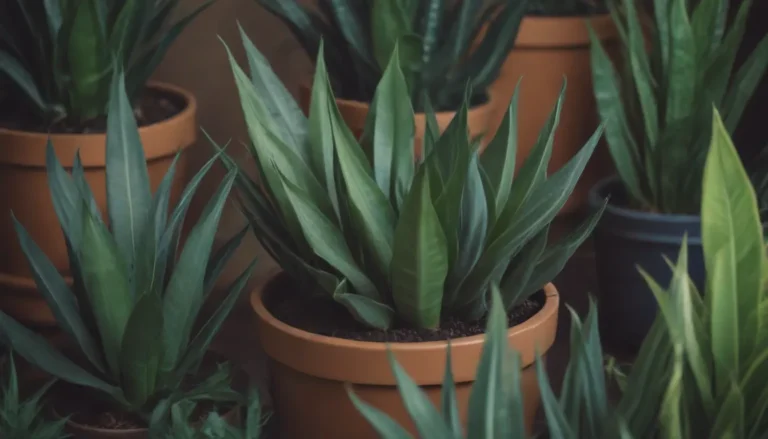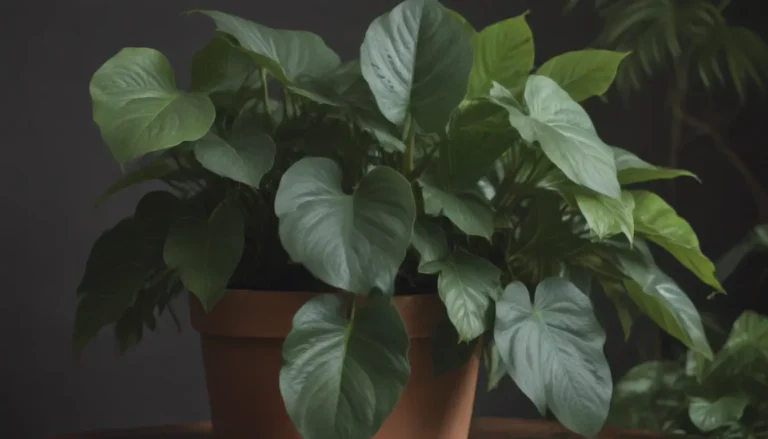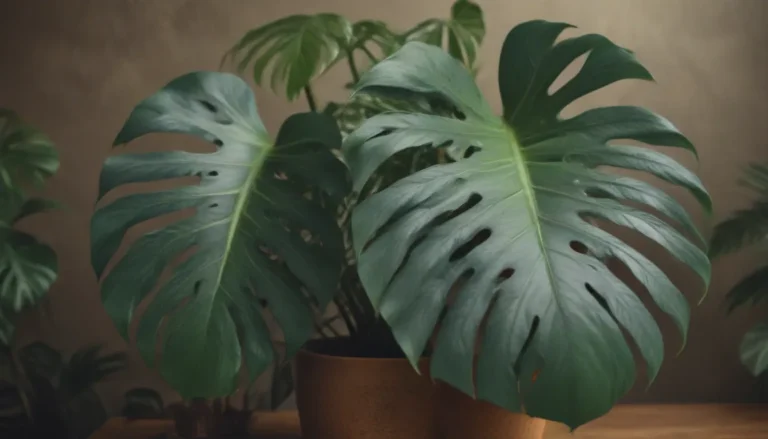The Ultimate Guide to Growing and Caring for Cleome (Spider Flowers)
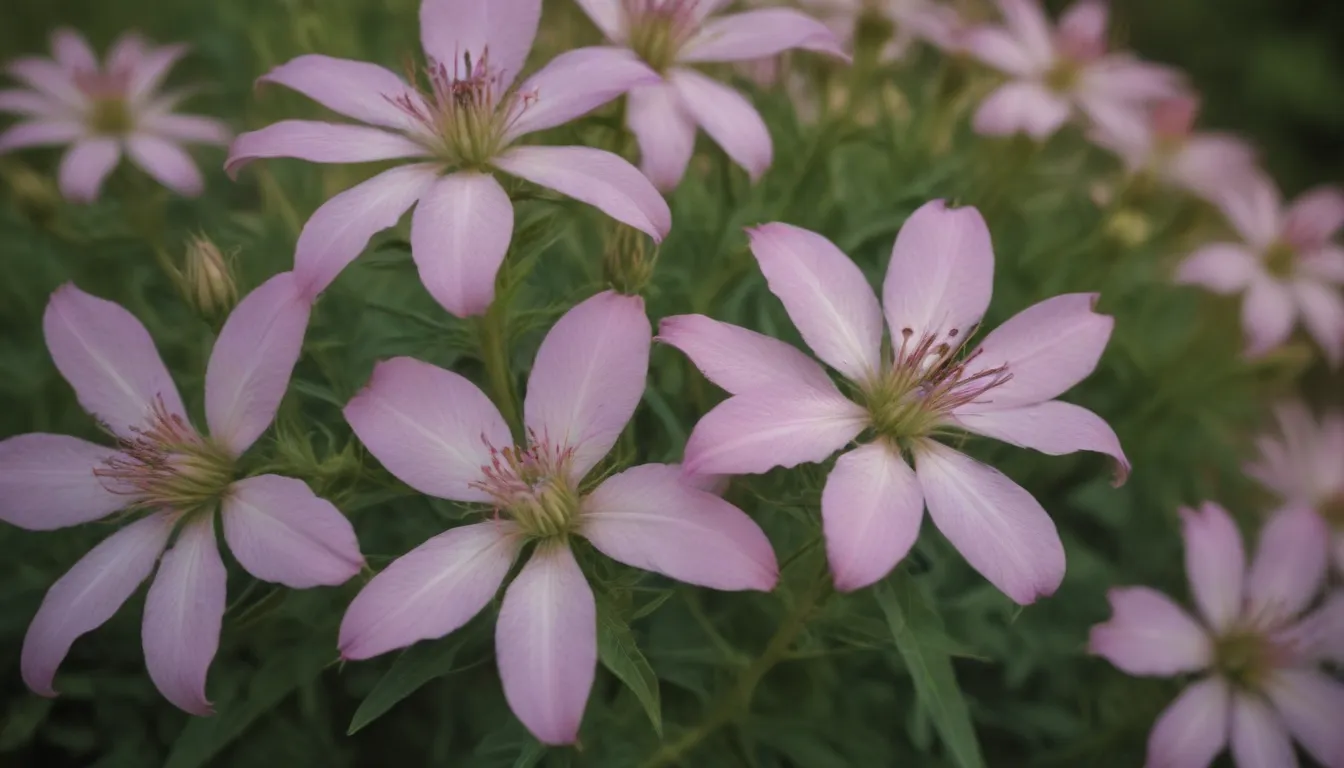
If you’re looking to add some height and color to your annual garden, look no further than cleomes, also known as spider flowers. Despite not being the most popular choice at nurseries, these unique flowers can make a stunning addition to any garden once they are well established. In this comprehensive guide, we will explore everything you need to know about growing and caring for cleomes.
Getting to Know Cleomes
When you first encounter cleomes as young seedlings, you may be underwhelmed by their appearance. They have a somewhat weedy look that can be off-putting compared to more showy annuals like marigolds or impatiens. However, once cleomes mature and start blooming, they become a true standout in the garden.
Cleomes typically grow to a height of three to four feet, providing a striking focal point among shorter bedding plants. Their pink, purple, white, and lavender flowers may not have a strong fragrance, but they are irresistible to hummingbirds, butterflies, and hummingbird moths throughout the summer.
One of the great things about cleomes is that they are low-maintenance once they are established. They are resistant to pests and diseases, and their upright stalks usually do not require staking when grown in full sun.
Light Requirements
Cleome flowers thrive in full sun. Planting them in shady conditions can cause them to grow too tall and topple over. Whether you start with transplants or seeds, you can expect blossoms from early summer until the first frost.
Soil and Watering Needs
Cleomes prefer average garden soil with good drainage. Once they are established, they are drought-tolerant, making them an excellent choice for xeriscape gardens. Adding a layer of organic mulch to their bed can further reduce their water requirements.
Temperature and Humidity
For successful germination, cleome seeds require higher-than-normal temperatures and fluctuating day/night temperatures. Once the plants are established, they can tolerate slightly lower temperatures, but they are not frost-tolerant.
Fertilization
If you start with good soil and mulch, cleomes generally do not need additional fertilization.
Popular Cleome Varieties
With over 180 varieties of cleomes to choose from, here are some popular choices among gardeners for their color and growth habits:
- ‘Helen Campbell’
- ‘Linde Armstrong’
- ‘Rose Queen’
- ‘Sparkler Bush’
- Spirit series
Care and Maintenance Tips
Pruning
Cleomes require minimal pruning. Trim off dead leaves or damaged areas during the growing season. If the plants appear spindly before planting, you can trim them back by half to encourage new growth.
Propagating
Cleomes grow easily from seed, so propagating them is unnecessary and often ineffective.
Growing Cleomes from Seed
Cleome plants are easy to start from seed in the garden, perhaps too easy as they can self-seed prolifically. Plant the seeds after the last frost and expect seedlings to emerge within ten days. To prevent overcrowding, thin out the seedlings to allow for proper spacing.
Potting and Repotting Cleomes
While cleomes can be grown in large containers, compact varieties like the Sparkler™ series are recommended for the best results. Combine potted cleomes with mounding and trailing flowers for a lush container display.
Encouraging Blooms
Cleomes are relatively easy to grow and maintain, especially with a consistent watering routine. Deadheading the flowers will promote new growth and prevent excessive self-seeding.
Common Issues and Solutions
Despite being resilient to pests and diseases, cleomes can develop mildew or rust if overcrowded. Ensure good soil health and proper spacing to prevent these issues. Remember that cleomes are annual plants, so you will need to replant seeds each year.
To create a harmonious garden, consider mixing cleomes with other sun-loving plants like zinnias, cosmos, black-eyed Susans, salvia, or celosia. These plants share similar growing conditions and will complement the striking appearance of your cleomes.
In conclusion, cleomes may not be as flashy as some other annuals, but their unique appearance and ease of care make them a valuable addition to any garden. Whether you choose to start them from seed or transplant established plants, cleomes are sure to delight with their vibrant colors and charming flowers. With the right care and attention, you can enjoy a bountiful display of spider flowers throughout the growing season.
So why not give cleomes a try in your garden this year? You’ll be amazed at the beauty and grace these often-overlooked flowers can bring to your outdoor space. Happy gardening!
